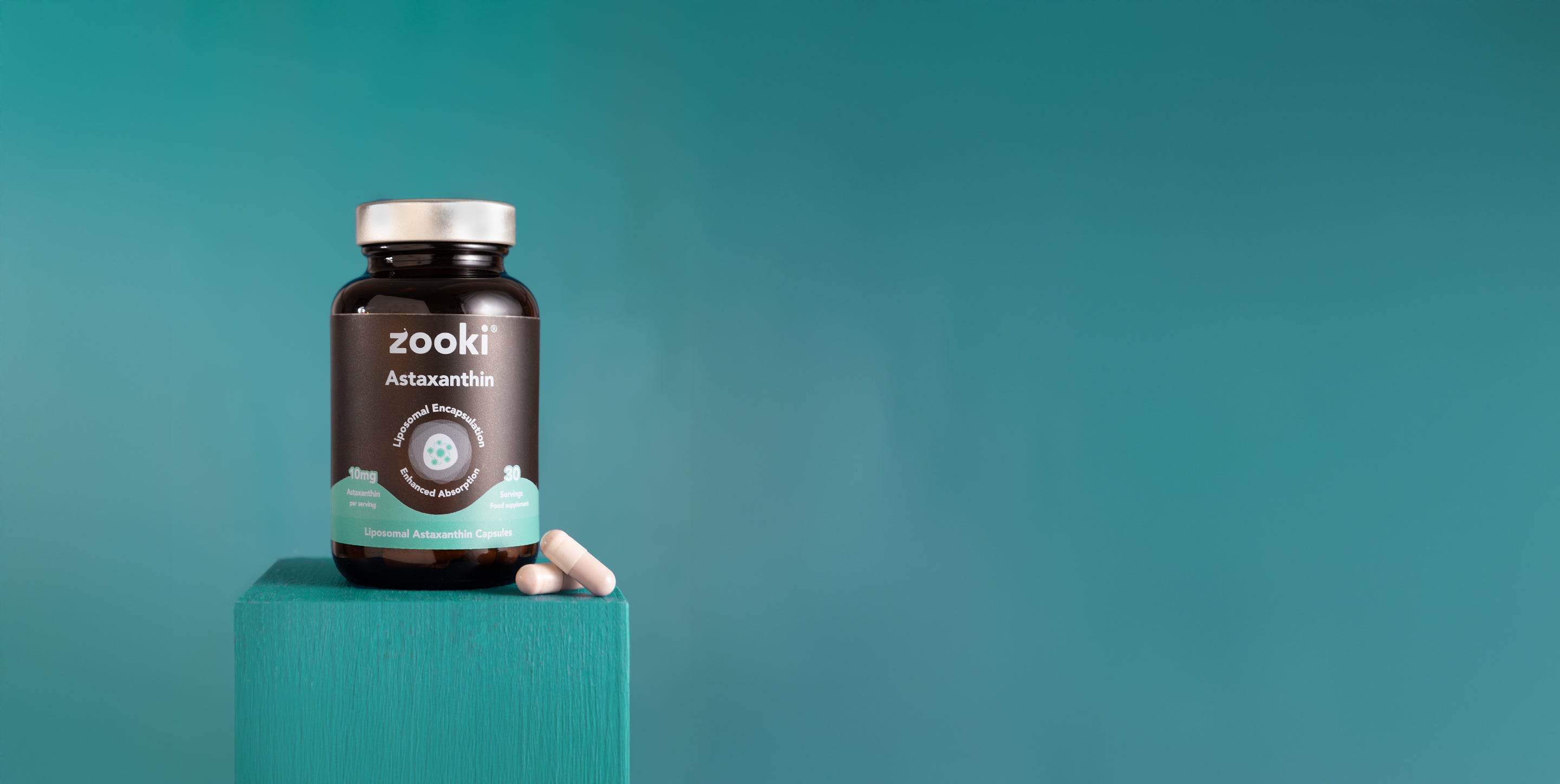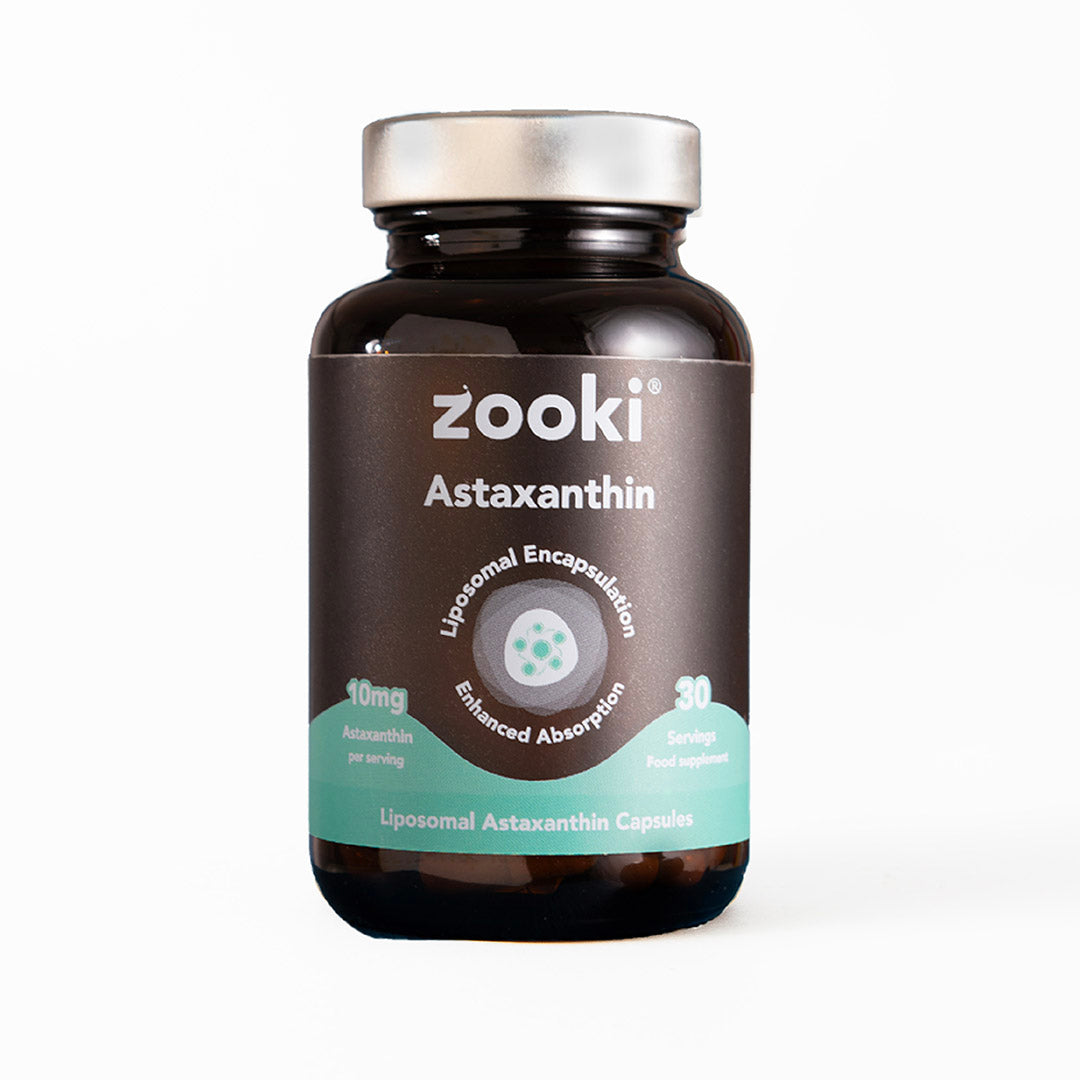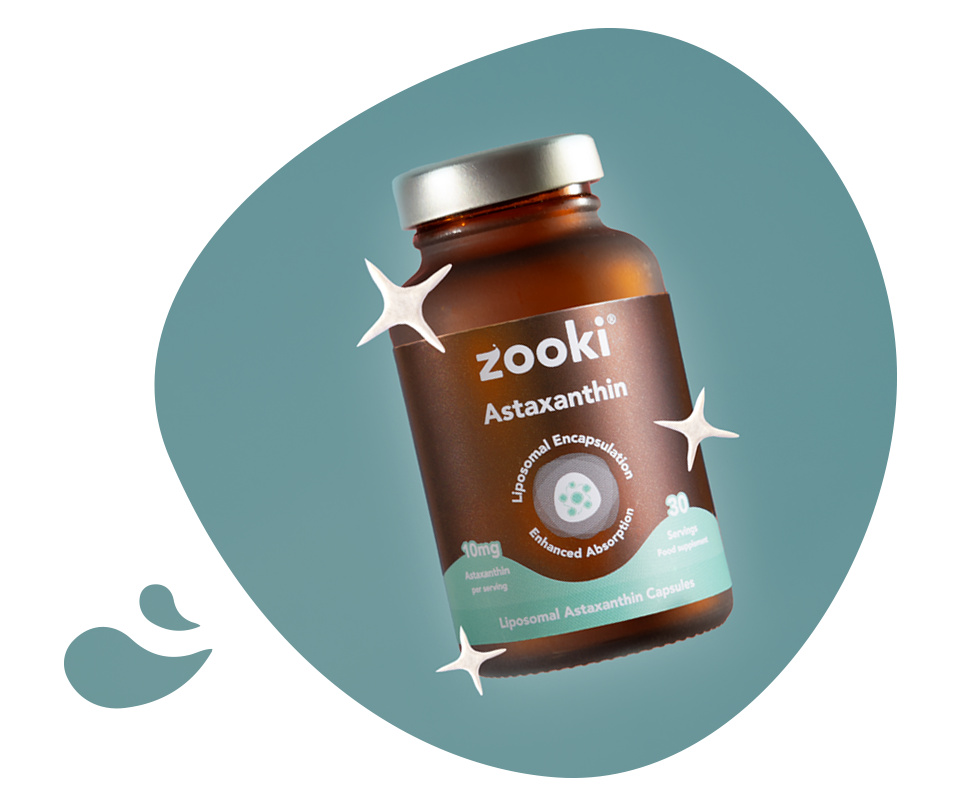
The smooth operator
Most of us have a vague idea about the importance of antioxidants. The crucial vitamins and minerals that protect and repair damage from free radicals - unavoidable toxic molecules that cause ageing, inflammation and physical damage to our bodies. Astaxanthin, generated naturally by certain microalgae, is an extremely potent antioxidant estimated to be 6,000 times more powerful than vitamin C alone. This potency allows it to protect the body both inside and out.
How does Astaxanthin work?
Antioxidant capacity
- Astaxanthin is a more powerful antioxidant than Vitamins C & E because its unique molecular structure allows it to span across the cell membrane, so it can protect both the lipid bilayer and the inner cell membrane from oxidative damage. Astaxanthin also improves the effect of the antioxidant enzyme paraoxonase-1, which breaks down damaging lipid peroxidases.
Maintaining control
- Antioxidant reactions are mainly controlled by something called Nrf2. Astaxanthin supplementation has been shown to restrict DNA damage and cell death by increasing Nrf2 and Phase 2 detoxification enzymes such as NAD(P)H dehydrogenase.
Cellular signalling
- As well as its antioxidant powers, astaxanthin also influences cellular signalling pathways to inhibit the release of inflammatory causing compounds such as TNF-α, IL-1β and IL-6.

Astaxanthin for heart health
Multiple studies have shown the beneficial effects of astaxanthin supplementation on cardiovascular health. The main physiological causes of cardiovascular diseases are oxidative stress and inflammation. Astaxanthin has both potent antioxidant and anti-inflammatory properties and also helps modulate lipid and carbohydrate metabolism, beneficial in preventing atherosclerosis, high blood pressure and dyslipidemia.

Astaxanthin for hypertension
A 2008 study found that taking astaxanthin for as little as 10 days was enough to significantly shorten blood transit time, reducing high blood pressure. It is thought the astaxanthin in the red blood cell membranes helps improve their flexibility. By increasing the bioavailability of nitric oxide through lower oxidative stress, astaxanthin has also been associated with vasodilation and inhibiting platelet clumping that can cause thrombosis.
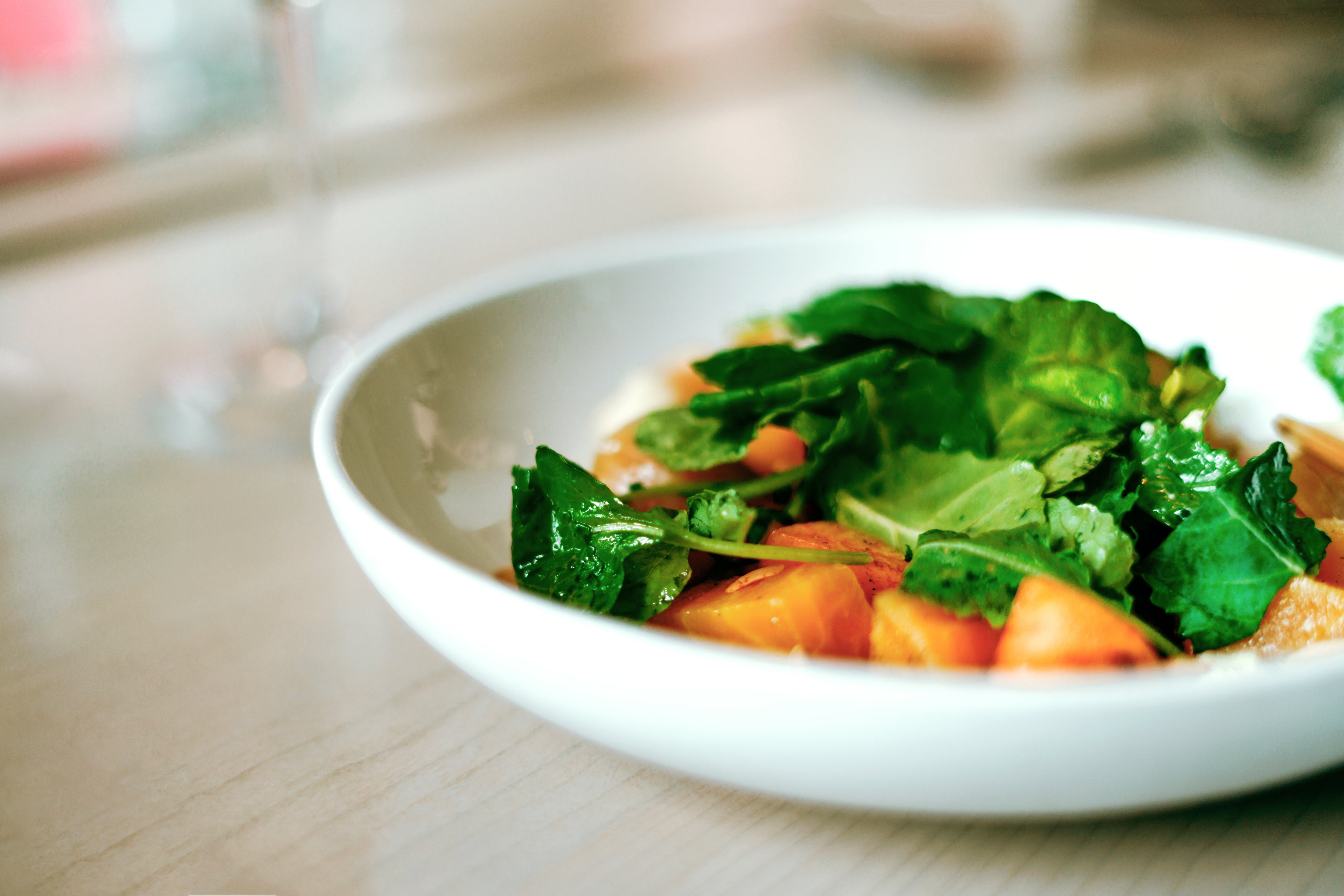
Astaxanthin as an antioxidant
Intrinsic ageing causes wrinkles, loss of elasticity and pigmentation - all of which are accelerated by oxidative stress. Pretreatment with astaxanthin has been shown to reduce the reactive oxygen species induced by UVB light. Astaxanthin can also effectively reduce skin dehydration by reducing transepidermal water loss, suppress hyperpigmentation and photoaging, and increase skin elasticity. Studies have also shown that astaxanthin can reach all the skin layers from the dermis to the epidermis.
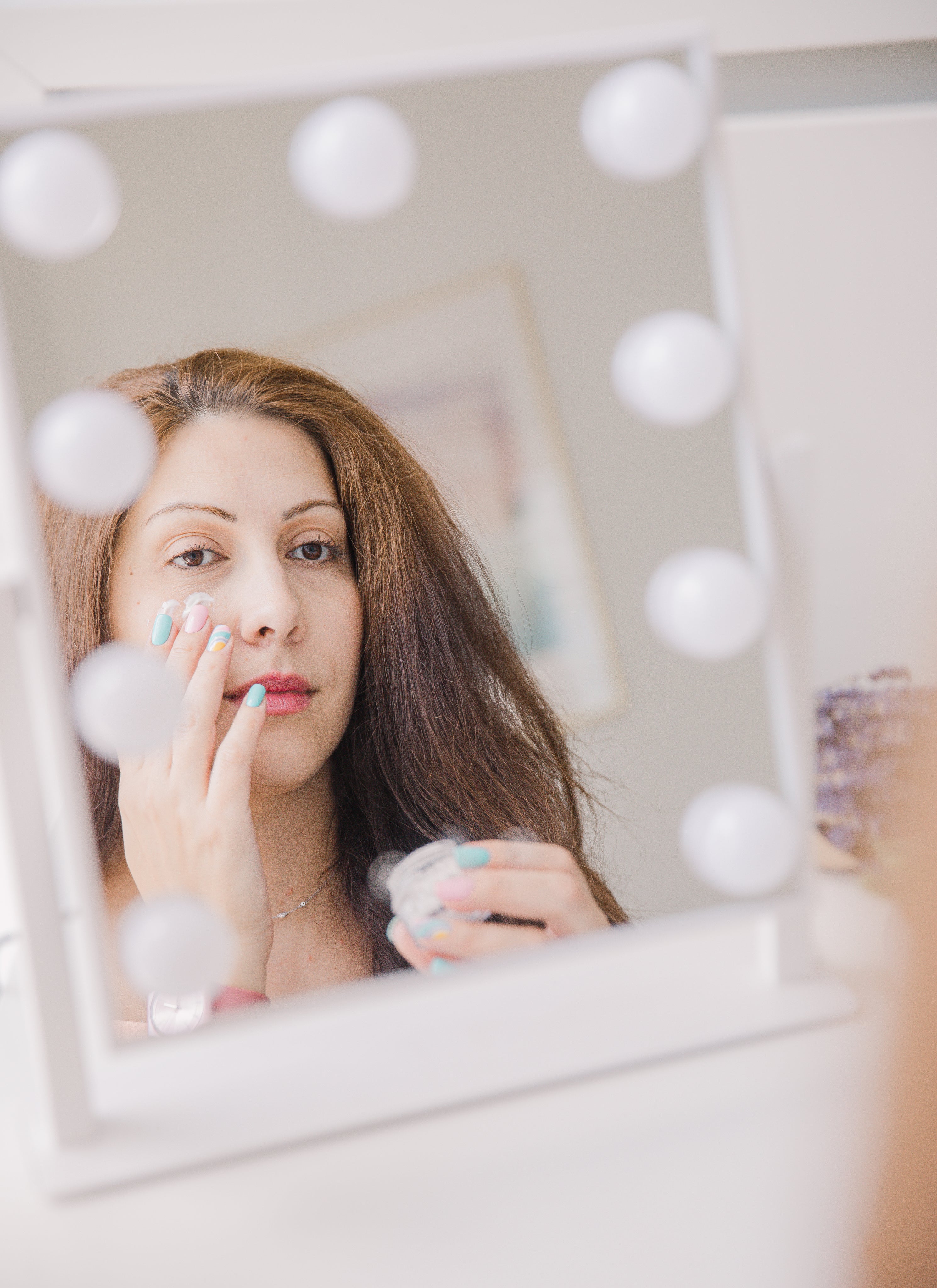
Astaxanthin for skin inflammation
Photoaging is caused mostly by consistent exposure to UV radiation. Knowing that astaxanthin can help accumulate in the dermis means that it can directly support the skin from UV-induced problems.
By strengthening the stratum corneum lipid barrier in the skin and helping maintain the correct intercellular lipid balance, astaxanthin helps reduce inflammatory skin diseases including atopic dermatitis and psoriasis.
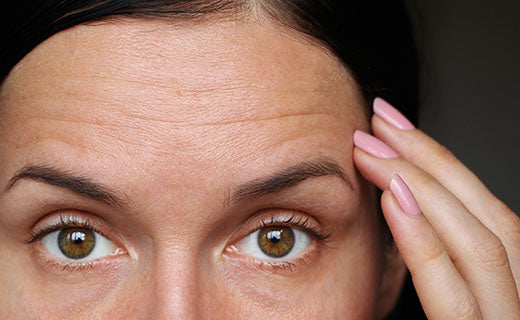
Ashwagandha for wrinkles
Too much unprotected sunlight can result in photoageing which damages collagen fibres and cause uneven pigmentation. UV rays also cause an increase in matrix metalloproteinases which promote protein degradation in the skin. Result = wrinkles and coarse, dry skin. Research found the length and depth of wrinkles were reduced when astaxanthin supplements were taken consistently for over 3 months and skin collagen also increased. By accumulating in the skin over time, astaxanthin is able to reduce UVA-induced wrinkle formation.
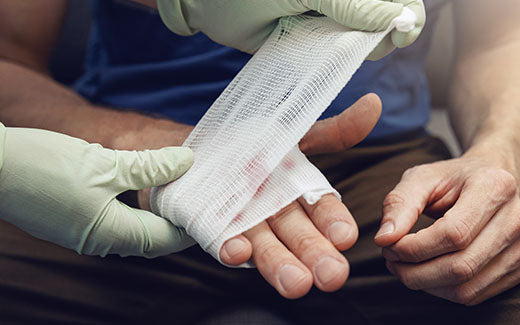
Astaxanthin for wound healing
Helping skin to recover after a wound is crucial to minimise the risk of infection and restore tissue health. Several studies have shown astaxanthin is an effective supplement to support wound healing. It does this by reducing inflammatory cytokine expression and cell infiltration, allowing the skin tissues to regenerate and repair. Astaxanthin supplementation also demonstrated an upregulation in the production of certain healing white blood cells and also both collagen Type 1 and 3, all of which help to accelerate wound healing.

Astaxanthin for dry eyes
Dry eyes? We see you. It’s suffered by anywhere between 5-50% of the global population, causing everything from mild discomfort to debilitating ice-pick headaches and impaired vision. Astaxanthin can improve dry eyes and help protect against a recurrence. It does this by reducing iron overload, increasing glutathione, scavenging up the damaging reactive oxygen species and lipid peroxides and rescuing the mitochondria, preventing something called ferroptosis, which is a form of metal-induced toxicity, and enhancing autophagy.
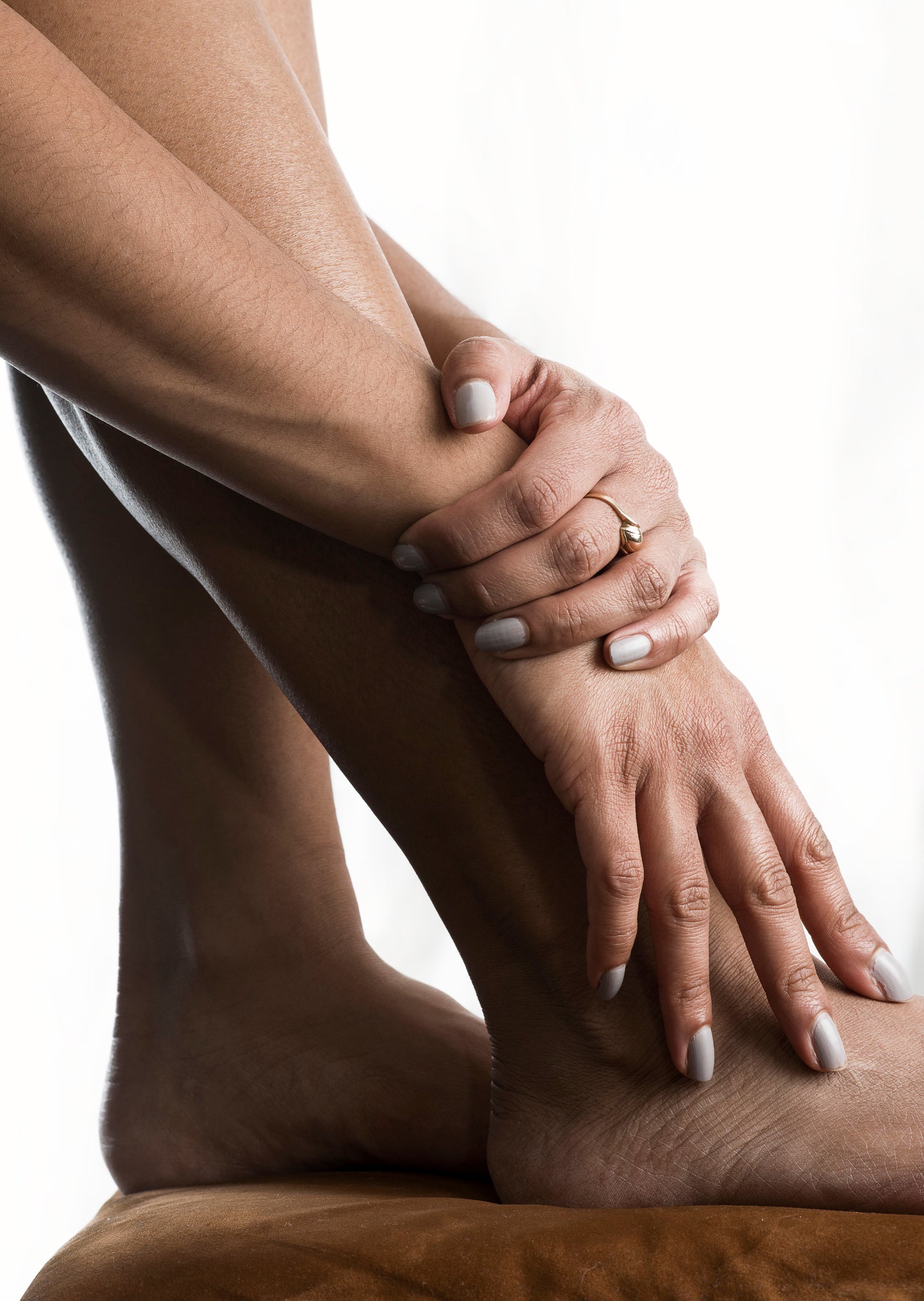
Astaxanthin for joint health
Through its strong anti-inflammatory and antioxidant properties, astaxanthin has recently been shown to help reduce chondrocyte ferroptosis - another name for inflammatory injury in chondrocytes. Astaxanthin does this by downregulating the action of interleukin-1β, an inflammatory promoter. In addition, astaxanthin was shown to improve collagen production and even reverse mitochondrial damage caused by the IL-1β. All of this indicates that astaxanthin could be a promising additional support for osteoarthritis and chondrocyte injury.
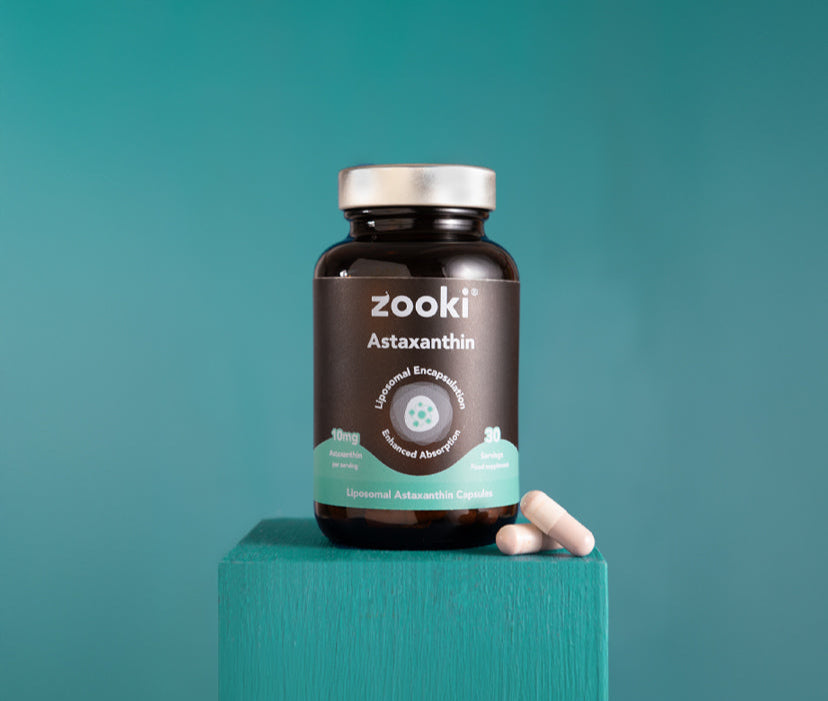
What is the best way to take Astaxanthin?
Apart from eating copious amounts of algae, salmon, lobster or red shrimp, the best way to get the benefits of this amazing nutrient is to take a liposomal supplement. And the reason that liposomal is important is that it stops the astaxanthin from degrading. Because it’s a carotenoid, long periods of storage, exposure to oxygen, light and heat can all degrade astaxanthin.
It’s fat soluble, again making our liposomal encapsulation the best form of supplement available. Avoid cheaper synthetic astaxanthin. It’s usually made from petrochemicals and is a chemically different form, which will not be able to have the same effects once inside the body. You can take astaxanthin any time of day or night.
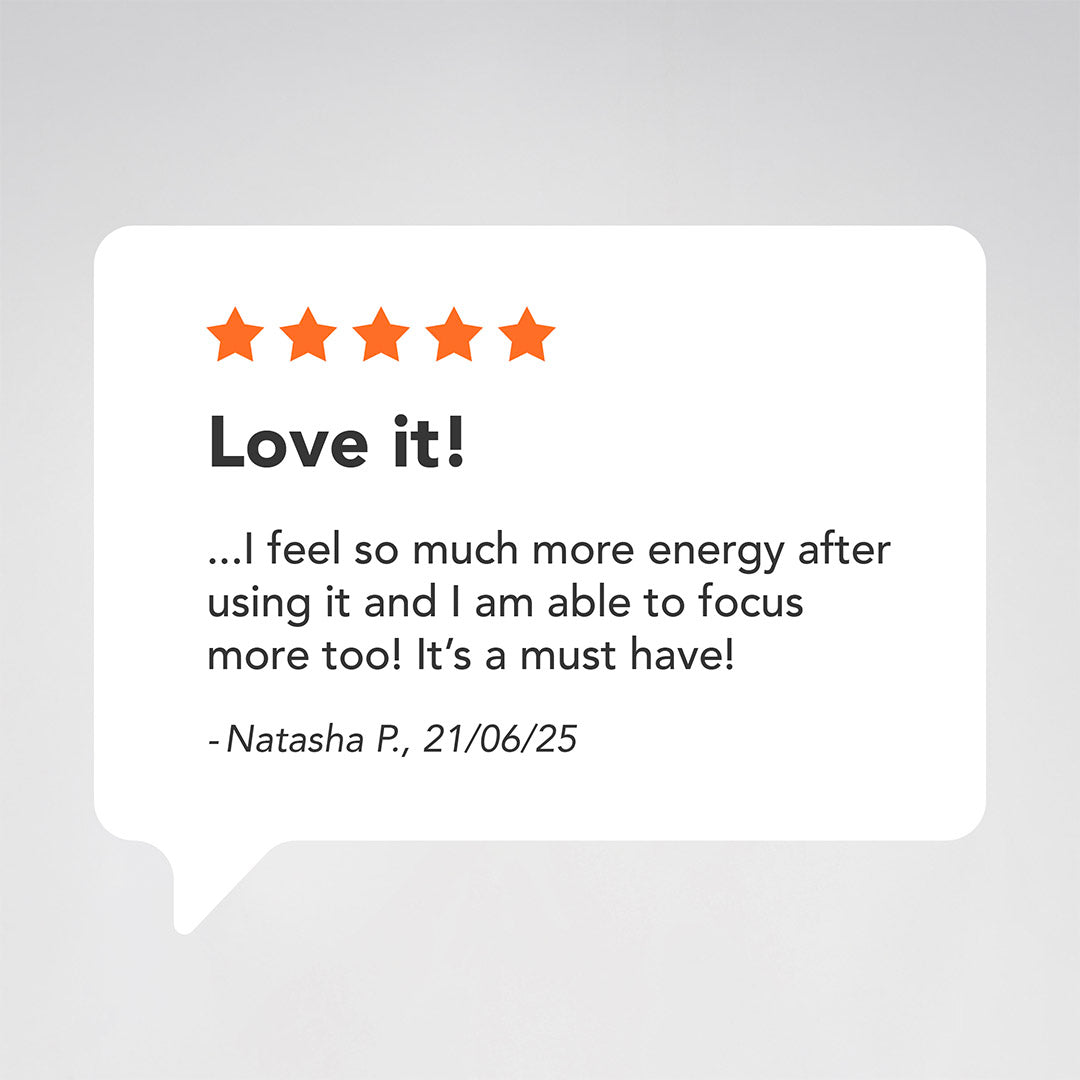
Is Astaxanthin suitable for everyone?
As with all supplements, anyone taking medications or with pre-existing health concerns should always check with their doctor first before starting any new supplement regime. We would urge particular caution for anyone on immune-support, blood-thinning or blood-pressure lowering medications. Also cholesterol and blood sugar lowering medications may interact with astaxanthin. This also applies to herbs such as ginkgo biloba.
Anyone pregnant or breast-feeding should also always check with their health care provider first. We don’t want to see a generation of bright pink toddlers standing on one leg in their nearest pond.
FAQs
Please read our FAQs page to find out more.
How much astaxanthin is in each serving?
Each capsule contains 10mg of astaxanthin, combined with our signature liposomal delivery for 4x higher absorption vs. conventional supplements.
What are the ingredients?
Zooki Astaxanthin is sugar free, dairy free, gluten free, soy free and contains zero artificial ingredients. To see the full list, please see the individual product pages and click the "Ingredients and info" drop down placed just below the price of the product.
What is astaxanthtin?
Astaxanthin is a naturally occurring carotenoid pigment found in certain algae and seafood like salmon, shrimp, and krill. Known for its vibrant red-orange colour, it is also a powerful antioxidant with potent health benefits, including supporting skin health, aiding joint health, and fighting free radicals.
How much astaxanthin should I take?
Take one capsule daily, any time day or night.
Can I take Zooki Astaxanthin if I'm pregnant or breastfeeding?
We always recommend people who are pregnant or breastfeeding check with a medical professional before they take any new dietary supplement.
Is Zooki Astaxanthin free from gluten, dairy, soy, alcohol, sugar?
Zooki Astaxanthin is free from gluten, soy, dairy and alcohol.
Is Zooki Astaxanthin vegan friendly?
Yes, Zooki Astaxanthin is perfectly suitable for vegetarians and vegans alike.
Shop Zooki Astaxanthin

Meet the author...
Sarah Carolides is one of the UK's top functional medicine and nutrition specialists with over 20 years experience, listed by Vanity Fair as one of 'The A-List people to know in London.'


